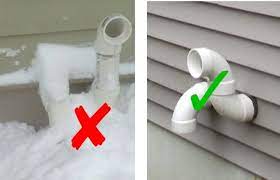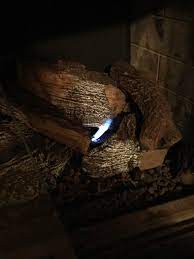Sump Pump Maintenance & Cleaning
February 7, 2022 Around The House

Know your sump pump.
There are lots of things you can do to keep water out of your basement including: ensuring you have the correct grading around your home, repairing any foundation cracks, ensuring downspouts are clear and are discharging away from the foundation and of course making sure your sump pump is working as it should. Did you know the average lifespan of a sump pump is 7 years? There are two types of sump pumps: submersible pumps and pedestal pumps. A submersible sump pump has a motor that can work underwater – therefore, the motor would be inside the sump pit. A pedestal sump pump has a long stand that raises the motor above the pit and above floor level. Though they may be designed differently, both sump pumps have common parts like the motor, float switch, power cords, impeller, and the pipe fitting for the discharge pipe.
Check it regularly.
You never know when your basement may flood, therefore, it pays to do sump pump maintenance once a month to check whether or not it’s still working as it should. Simply make sure that your sump pump is connected to its power source and then pour water into the sump pit. Watch how the pump runs and take note of any odd noises that you might hear.
Signs of problems.
- Strange noises from the pump could indicate worn-out parts.
- Rattling or grinding noises could point to a jammed or damaged impeller.
- The motor vibrating excessively can mean that the impeller is bent or deformed.
- The sump pump turning on and off when it should be running could mean that there is a problem with the internal wiring.
- An oil leak could mean that the sump pump will fail very soon.
Keep it clean.
- Turn off the sump pump and make sure that no one is using any appliances that will drain water into the sump pit (e.g. washing machine).
- Use the garden hose to rinse the pump. Then use a plastic scraper or putty knife to remove caked debris.
- Use a wet vac to clean out the sump pit.
- Once the pump is dry, reattach it to the discharge pipe and plug it into its power source.
Cover it up.
By having a proper covering on your sump pump, you can prevent larger debris, lint, and sediment from falling into the sump pit. As much as possible, the covering should fit snugly and should only have holes for the wires, the stand (in the case of pedestal sump pumps), and the drainage pipe. Taking this extra precaution doesn’t rule out cleaning the sump pit regularly but you will have less to clean if it’s covered properly. Having a proper cover on your sump pit is also an important way of keeping radon gases out of the house.
Check the discharge line.
Sometimes, water might be draining slowly from your sump pit – not because of a problem with your pump – but because of a problem with your drainage pipes. Along with checking the functionality of your sump pump, make sure to inspect your drainage pipes and try to remove any obvious blockages.
Consider a back-up.
It’s common for the power to go out during a storm. This is why some homeowners choose to install a back-up sump pump that doesn’t run on electricity. Typically, these types of pumps run on battery or water pressure from your home. They are usually not as robust as submersible or pedestal sump pumps but they do have the advantage of not being dependent on electricity.





